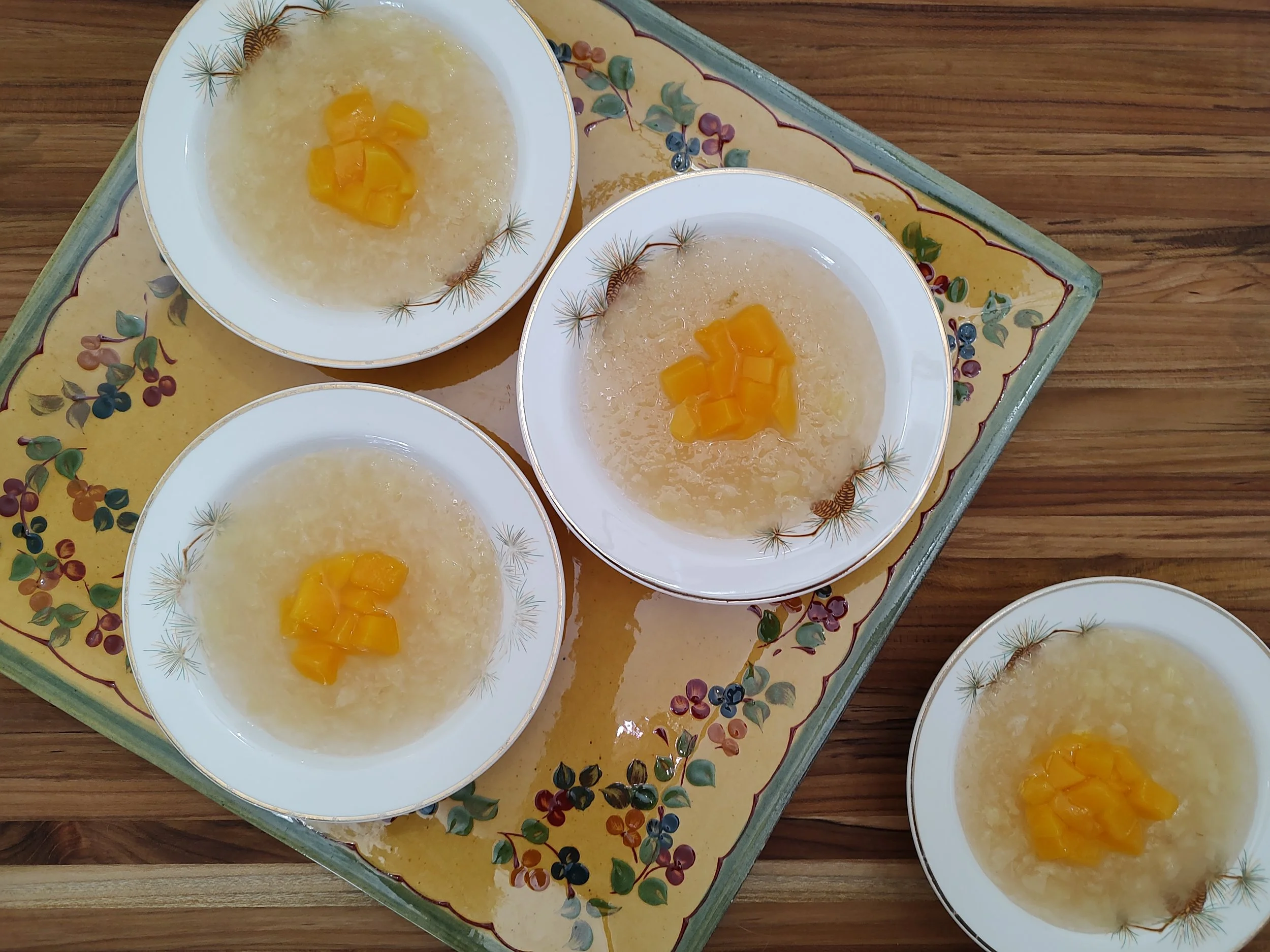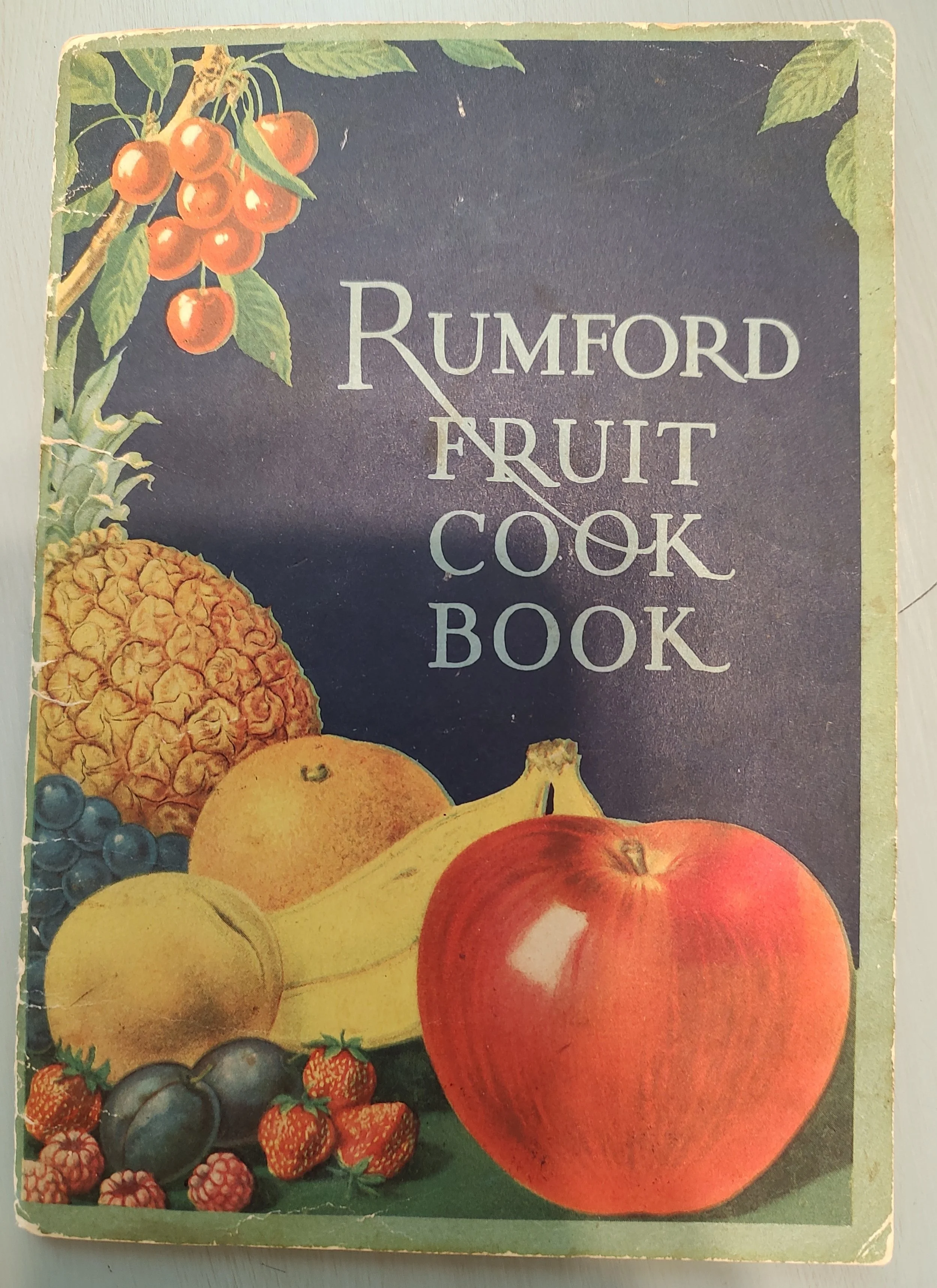Fruit in Wartime
JUMP TO RECIPE
These days it is so easy to take fruit for granted. Even in the dead of winter most grocery stores have berries, citrus and even the tropical bananas and pineapple. Only four or five generations back, this was not the case.
Not so very long before World War II, fruit was considered a luxury. In the years surrounding World War I the study of nutrition gained increasing momentum. The Great War had proven that food was more than filling bellies—it was a means of preventing disease. Citrus fruits, especially oranges and orange juice, became vital for preventing scurvy. The benefits of previously unknown elements—vitamins—were identified.
Domestic Science & Learning About Nutrition
Foods were generally categorized as energy giving, body building or protective. Perhaps fruit had been considered only for taste rather than nutritive value. As domestic science became more popular—partly to avoid repeating the diseases that had caused such disaster during World War I—knowledge of the properties of various fruits increased and they became staple foods.
Even some locally available fruits like berries were only seasonal. This summer I gathered blueberries from the bushes in our back yard and it would have been a simple matter to freeze them. While combination refrigerator/freezers were entering more and more American households in the 1940s, neither was available in many other countries. The average homemaker in Britain did not have access to these appliances. Placing things in a dark corner or near a cool floor were the main options available.
Instead, the government set aside sugar for canning or tinning fruits into jam. It authorized representatives to travel from community to community, to oversee the process as the women of a given area canned what they had gathered. Everyone was required to follow the government-approved method for preserving the fruits—a point that sometimes caused a great deal of contention. Some of the finished product was available for sale locally and the remainder was distributed throughout the country as needed.
The Search for Fruit Flavors
In Europe as well as many other nations, bananas became unheard of in any form. Pineapple could be tinned, but access to the tropical regions that had supplied the fruit before the war was cut off. Shredded zucchini or squash was cooked with ingredients that suggested the flavor of pineapple, such as lemon juice, sugar or pineapple juice, which might have been more available than a tin of the actual fruit. When incorporated into a baked recipe like a cake or pie, it helped alleviate the feeling of having so little and missing old favorites.
The pineapple dessert recipe I am sharing here would have been a treat, though in many places it might have been possible to get one small tin of the fruit. An added benefit of this recipe is that other fruits may be used instead of the pineapple. I made this recipe with pineapple and garnished it with a bit of tinned mango for added flavor and sweetness.
An Old-Fashioned Standby
Tapioca seems to be one of those old-fashioned ingredients that fell by the wayside, perhaps because our tastes have turned to ever sweeter, richer desserts. Tapioca desserts—like this one from the late 1920s—are lightly sweet and easy on the digestion. Tapioca really has no taste so it works well with an endless variety of other ingredients. It can be suited to the tastes of anyone from children to the infirm to the elderly. The only caveat I can find is that it is rather high in carbohydrates—but definitely less so than most modern, sugar-added desserts. I think we should bring it back!

Pineapple Tapioca
Peaches or other canned fruit may be substituted for the pineapple, or apples or plums may be cooked with the tapioca. I have slightly altered this recipe to avoid switching hot ingredients to a double boiler, which today's quick-cooking tapioca does not need.
Ingredients
Instructions
- In a heavy-bottomed saucepan, add sugar and salt to the boiling water, shake in the tapioca, cook on medium heat for five minutes; then, cook over low heat until the tapioca is clear.
- Remove from heat, beat in pineapple and serve hot or cold, plain or with addition of fruit or light cream.
References
Wallace, Lily Haxworth. Rumford Fruit Cook Book. Rumford, RI: The Rumford Company, 1927.
“Though I walk in the midst of trouble, You preserve my life; You stretch out your hand against the wrath of my enemies, and your right hand delivers me. The LORD will fulfill his purpose for me; your steadfast love, O LORD, endures forever. Do not forsake the work of your hands.”
Psalm 138:7-8


